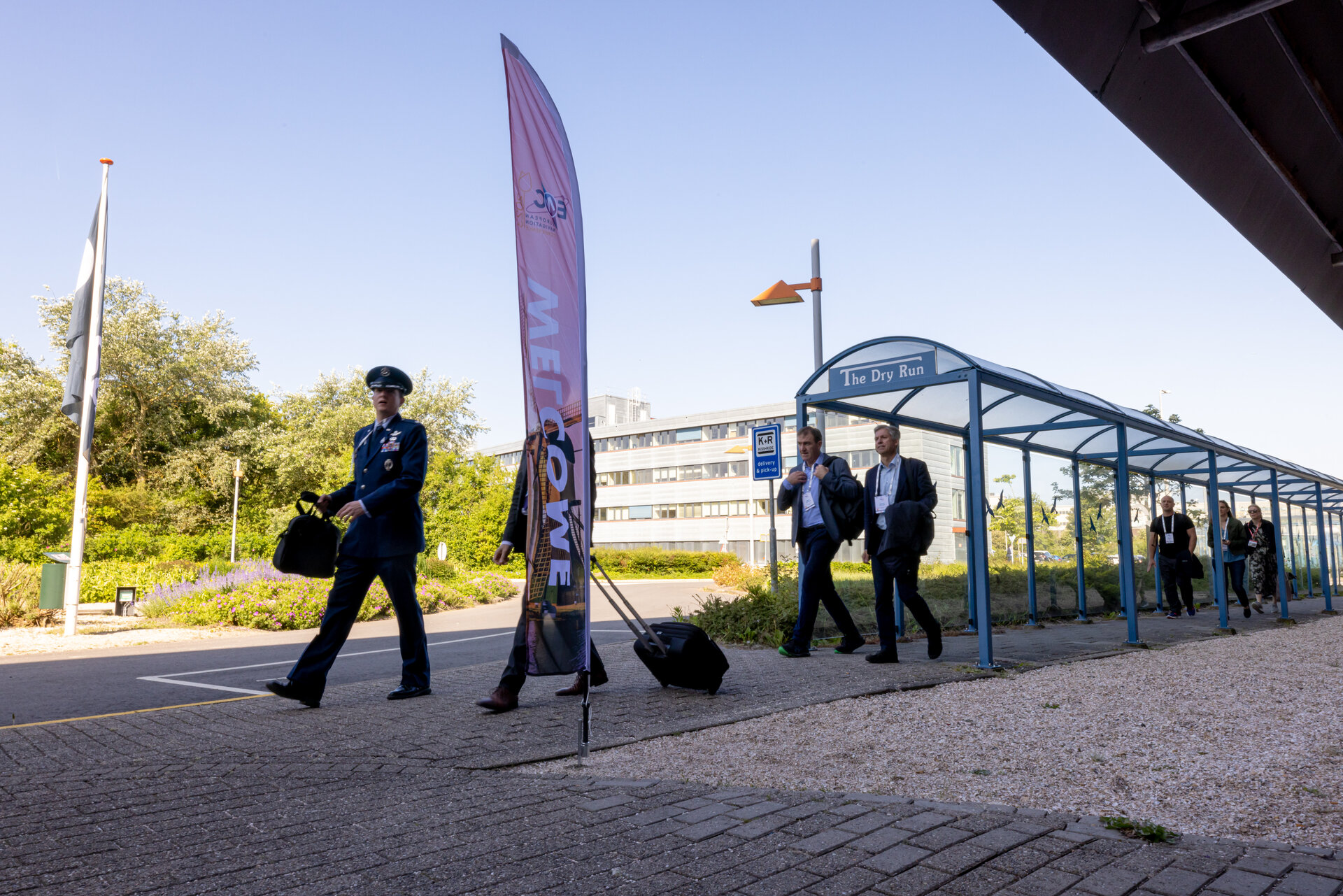European Navigation Conference at ESTEC discusses more resilient satnav
This year’s European Navigation Conference took place from 31 May to 2 June at ESA’s ESTEC technical centre in Noordwijk, home to the Agency’s navigation efforts. The ENC is organised each year under the umbrella the European Group of Institutes of Navigation (EUGIN) and this year by the Netherlands Institute of Navigation (NIN). Top of the list of discussion points? Enhancing the resilience of the positioning, navigation, and timing (PNT) systems all of us have come to depend on.
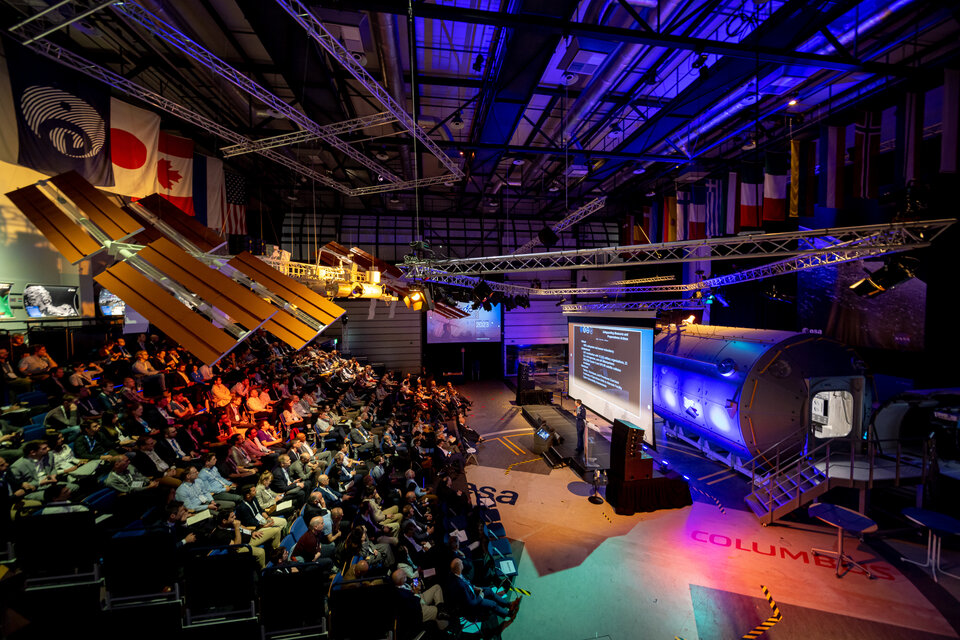
Prof. Terry Moore, president of EUGIN, and Bart Banning, president of the NIN, welcomed participants to the European Navigation Conference, ENC, and expressed their happiness at having everyone present in person.
The opening day also included the signing of a number of key industrial contracts to support ESA as system prime for the development of Galileo Second Generation, which will bring enhanced capabilities and enable new navigation services.
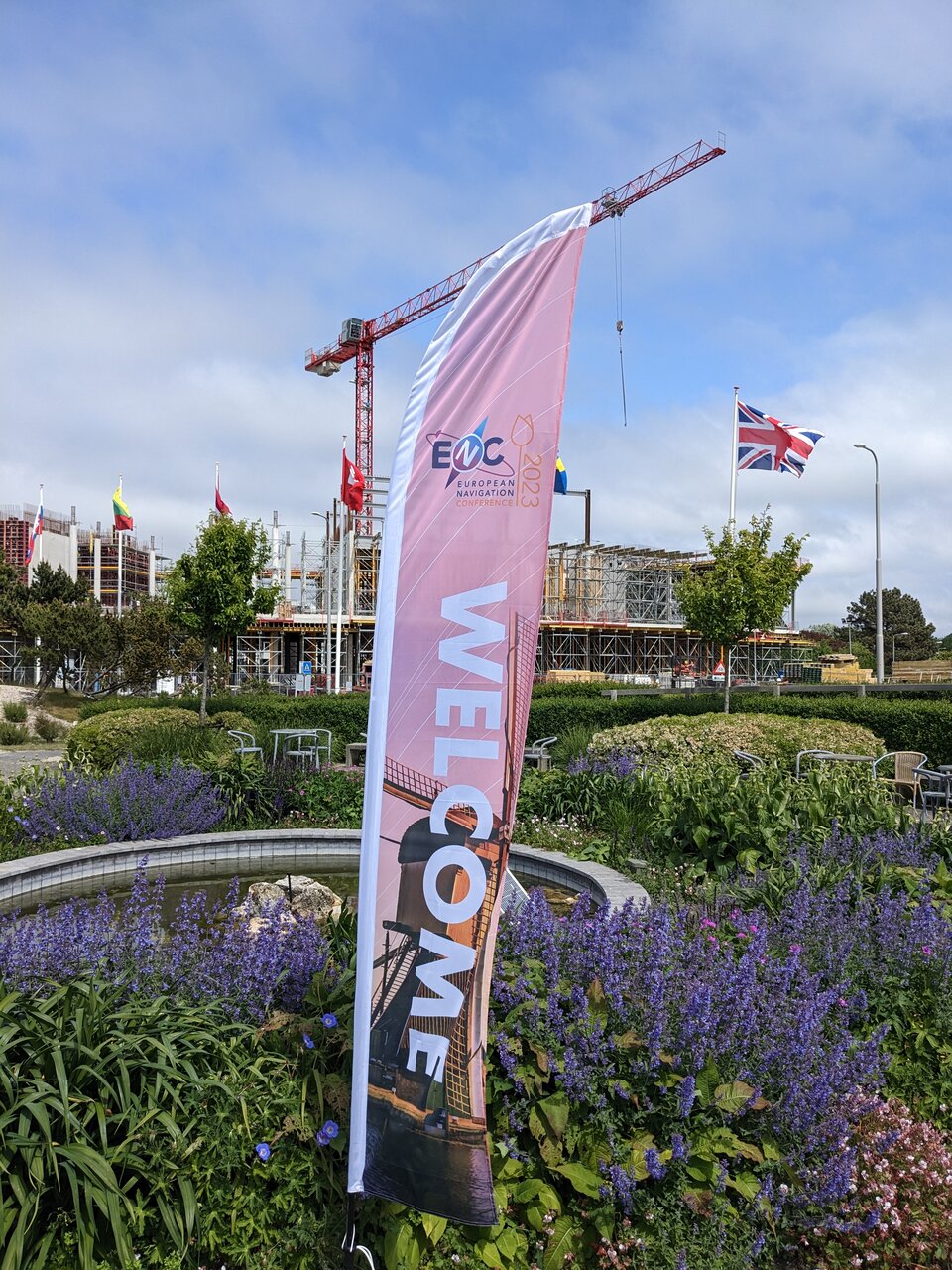
Dietmar Pilz, Head of ESTEC and ESA Director of Technology, Engineering and Quality, welcomed participants to ESA’s technical heart: “Galileo started here, with ESA’s very first navigation studies taking place here 30 years ago, evolving into the mission concept for this fantastic constellation, and all flying Galileo satellites tested here to make sure they’re able to fly.” He added that ESTEC’s new antenna testing facility, Hertz 2.0, is currently under construction, and designed to measure the radio frequency performance of Galileo Second Generation to the highest possible standard.
Mark Harbers, Dutch Minister of Infrastructure and Water Management, emphasised the need for resilient navigation systems. In particular, satellite based PNT has become indispensable in the daily lives of most Europeans, part of the lifeblood of our society. Global Navigation Satellite Systems, GNSS, are set to continue to grow, with 10 billion receivers operational worldwide by 2031. They are critical to the flow of people and goods by air, sea, and land.
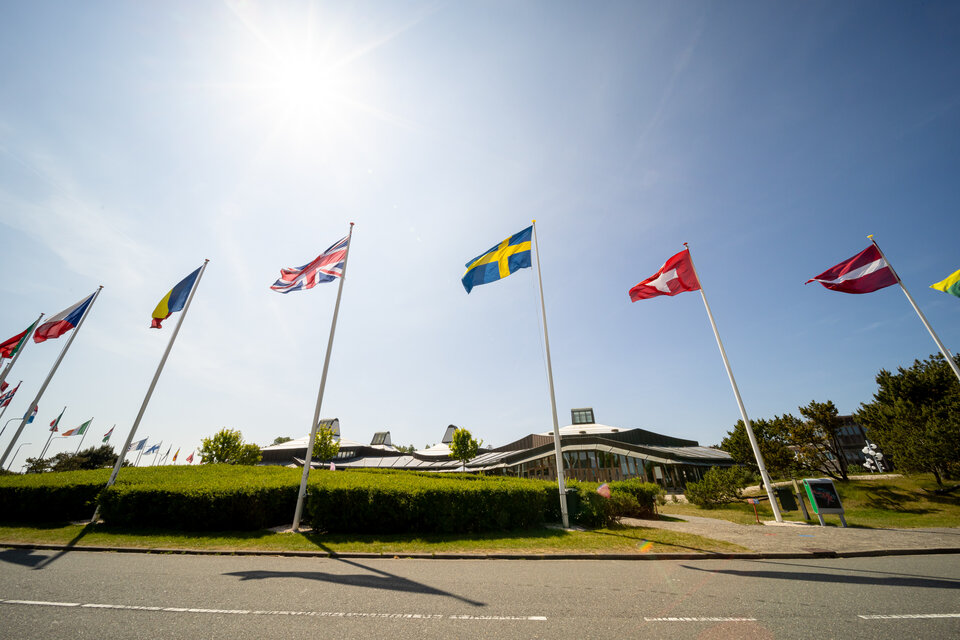
“The time signals from navigation satellites are deeply integrated into modern communication, financial and energy networks, so that without knowing we’ve become dependent on satellite navigation, often unsecured positioning, navigation and timing, PNT, signals. They are widely accessible but that also makes them vulnerable, not just to space weather but also deliberate deception.” Signal spoofing and jamming has become commonplace in various global trouble spots.
The Minister explained that his Ministry was performing an inventory of Dutch organisations to assess their vulnerability to satnav outages. He welcomed Galileo’s new Public Regulated Service for governmental entities to come into service in 2025, which offer protected and guaranteed navigation and timing services even in times of crisis and confirmed that his Ministry was currently developing the necessary legislation for PRS to be introduced in the Netherlands.
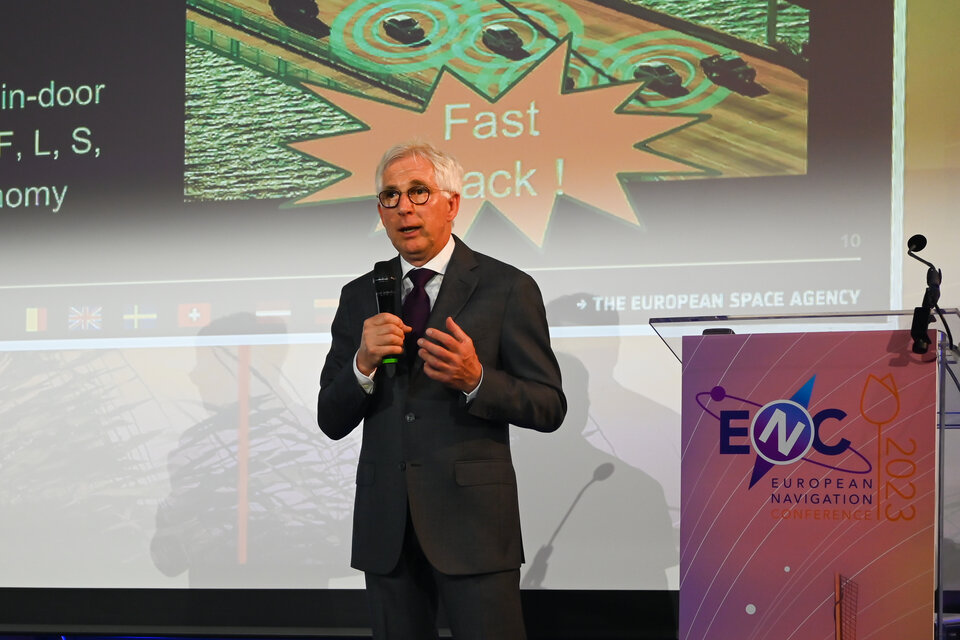
Javier Benedicto, ESA’s Director of Navigation, echoed those words: “Resilience is the key word. The more we use this satellite navigation technology, the more we are dependent on it, so we need to make sure it works at all times and in all circumstances. To do this we need to diversify, with different technology, different orbits, and different options for the user, while improving performance, providing faster connections and higher accuracy solutions for both indoor and outdoor applications.”
The Director explained that resilience would be strengthened by integrating terrestrial telecom 5G and 6G networks into satellite navigation services, and ESA’s new low-orbiting LEO-PNT satnav constellation is being fast-tracked to demonstrate the added value such a new layer could contribute, with the potential to expand into a fully operational constellation in turn.
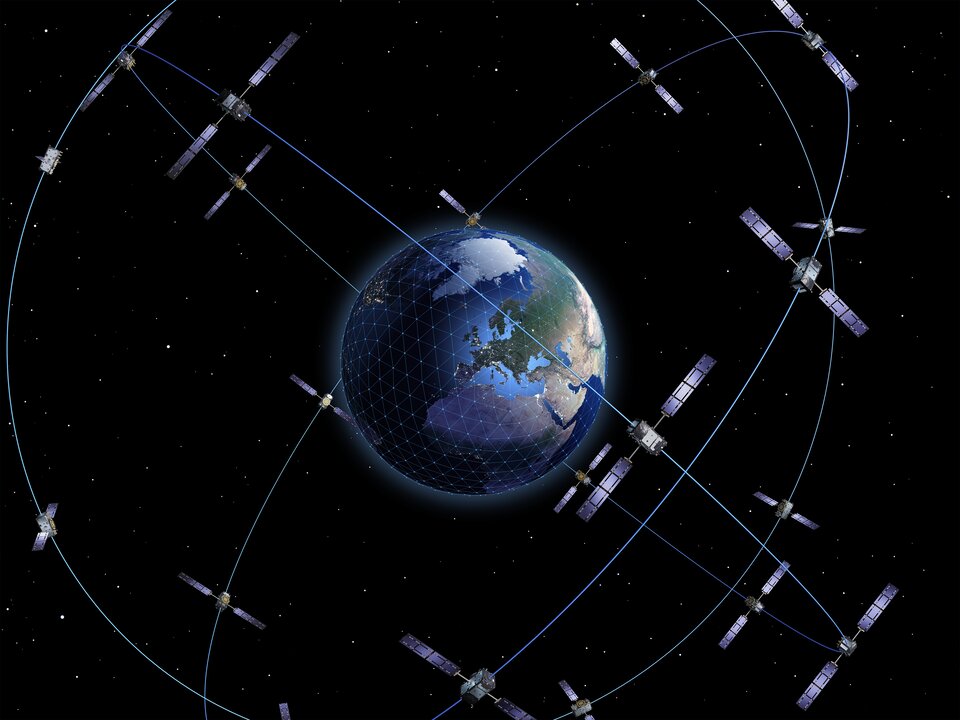
Next up was the panel on Galileo Second Generation, where an update was given by ESA and all industrial prime contractors on the development and building of the system, which is now entering its full development phase.
Alvaro Mozo, GNSS Exploitation Service Engineering Manager of the European Agency for the Space Programme, EUSPA – which oversees Galileo service provision 24/7 – explained that his agency was developing new services based on user demand, which would include increased robustness, while exploiting synergies with other European space efforts such as GOVSATCOM, to provide fully secure communications to governments.
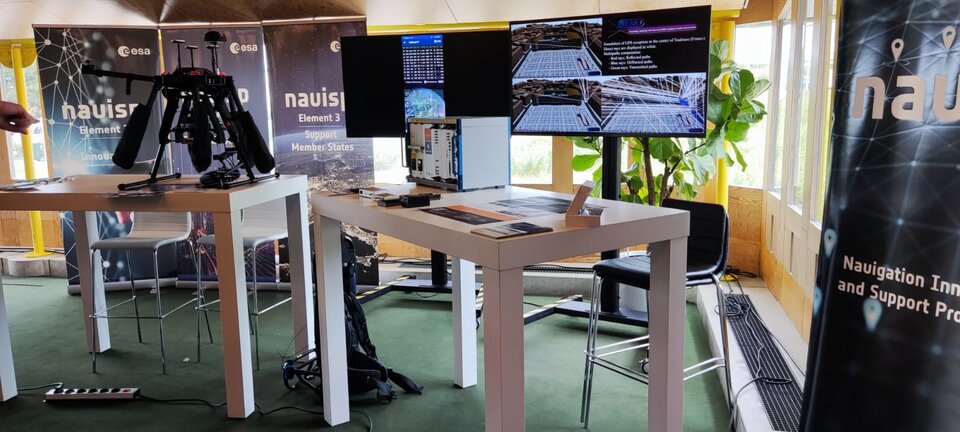
Lt. Col Robert Wray of the US Space Force also gave an update of current GPS operations, including their own concerns on boosting service robustness in the future.
The European Navigation Conference lasted three days in all with many resilient-PNT related topics being discussed, including new high precision GNSS based services such as Precise Point Positioning and the Galileo High Accuracy Service, Artificial Intelligence, LEO PNT, lunar navigation and exploration and maritime/aviation applications.


